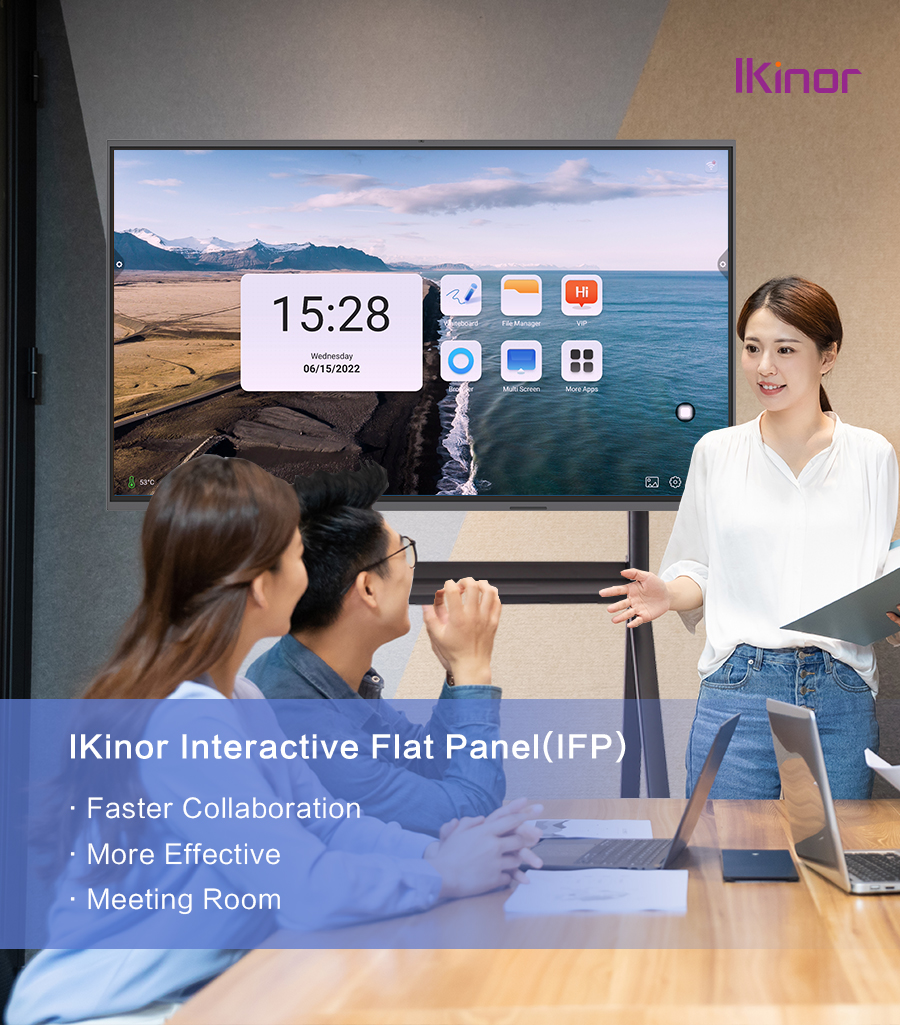Are you curious about how touch screen technology is changing the game in education? The traditional classroom setup with rows of desks and chalkboards has been replaced by digital tools that enhance student engagement and achievement. Touchscreen technology is becoming more common, providing students with interactive learning experiences that stimulate their curiosity and creativity. In this article, we will explore how touch screen technology helps boost student achievement in the classroom and why it’s essential to embrace these changes for a more effective education system.
The Role of Touch Screen Technology in the Classroom
Touch screen technology has revolutionized the way students learn and work in the classroom. By providing a platform for students to interact with content, touch screen technology allows educators to provide more engaging and effective instruction.
One of the key benefits of touch screen technology is its ability to engage students in learning. With interactive games and simulations, educators can ensure that all students are actively engaged in the class material. Touch screen technology also allows teachers to track student progress more easily, as well as monitor their engagement levels.
In addition to its effectiveness as a learning tool, touch screen technology has other advantages for the classroom. For example, it reduces distractions and allows students to work on one task at a time without having to switch screens. This can lead to increased productivity and better comprehension of the material being taught.
Benefits of Touch Screen Technology for Students
Touch screen technology has revolutionized the way students learn in the classroom. Touch screens allow for more efficient and interactive learning, as well as increased engagement from students. Touch screens also help to boost student achievement by making it easier for them to access information and stay focused on their tasks.
According to a study published in The Journal of Experimental Education, touch screen technology is “widely accepted as an effective instructional tool” in the classroom. The study found that touch screen use leads to improved student comprehension, retention, and engagement. Additionally, the use of touch screens allows teachers to track student performance and intervene when needed.
Conclusion
Overall, touch screen technology is an important tool for educators who want to provide efficient and engaging instruction for their students. By using interactive games and simulations, educators can engage all students in the lesson while monitoring their progress and reducing distractions. Follow Ikinor for more details!



